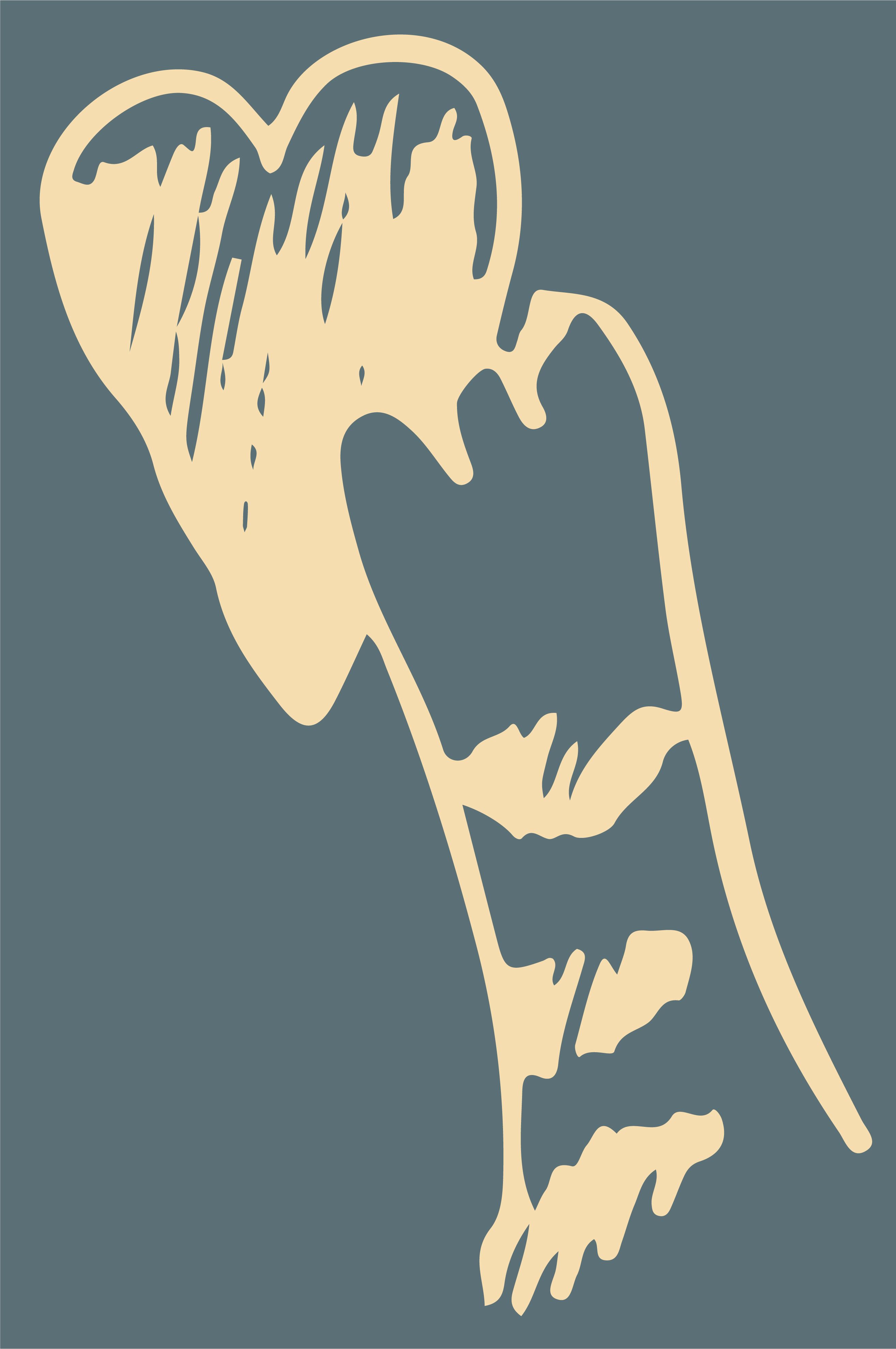Animal Magnetism
Kari Turner’s “Companion Animal Care” class attracts students from across the university interested in proper pet care
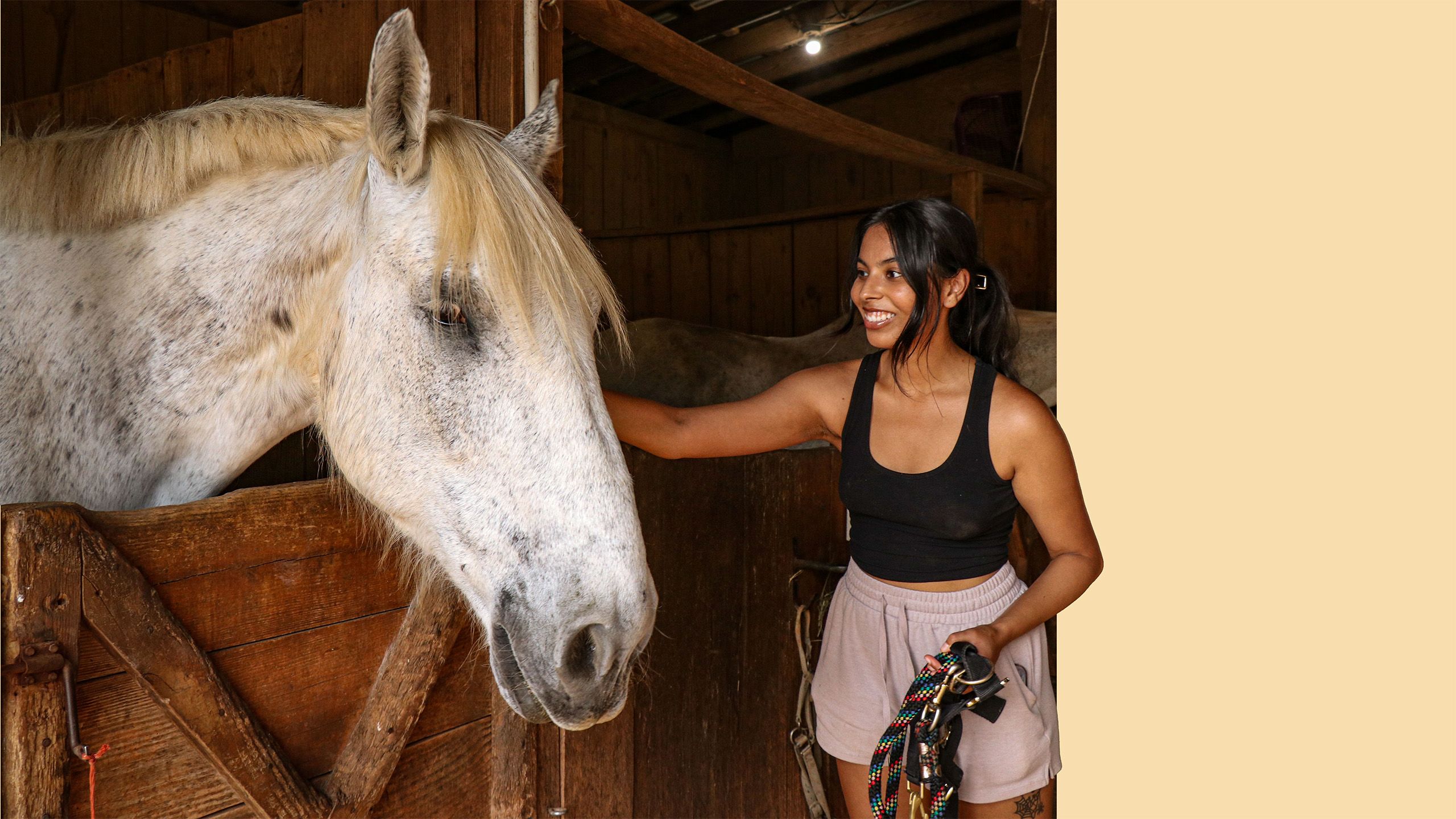
In Associate Professor Kari Turner’s “Companion Animal Care” class, Penelope stands in front of the lecture hall, her large, brown eyes taking in her audience.
Penelope, a piebald pit bull terrier mix, and her caretaker, Katlyn Davis, a fourth-year animal biosciences major, are there to tell their rescue story.
Three years ago, the months-old pup was found abandoned, malnourished and covered in mange under an abandoned house. A good Samaritan brought the dog to the veterinary clinic where Davis worked during high school and Davis adopted her, named her “Penelope” and nursed her back to health over the next six months.
For pet lovers like Davis, “Companion Animal Care” is a dream course. Offered through the Department of Animal and Dairy Science in the College of Agricultural and Environmental Sciences, the course immerses students in the world of pet care, fostering a deeper understanding of the bond between humans and their furry companions.
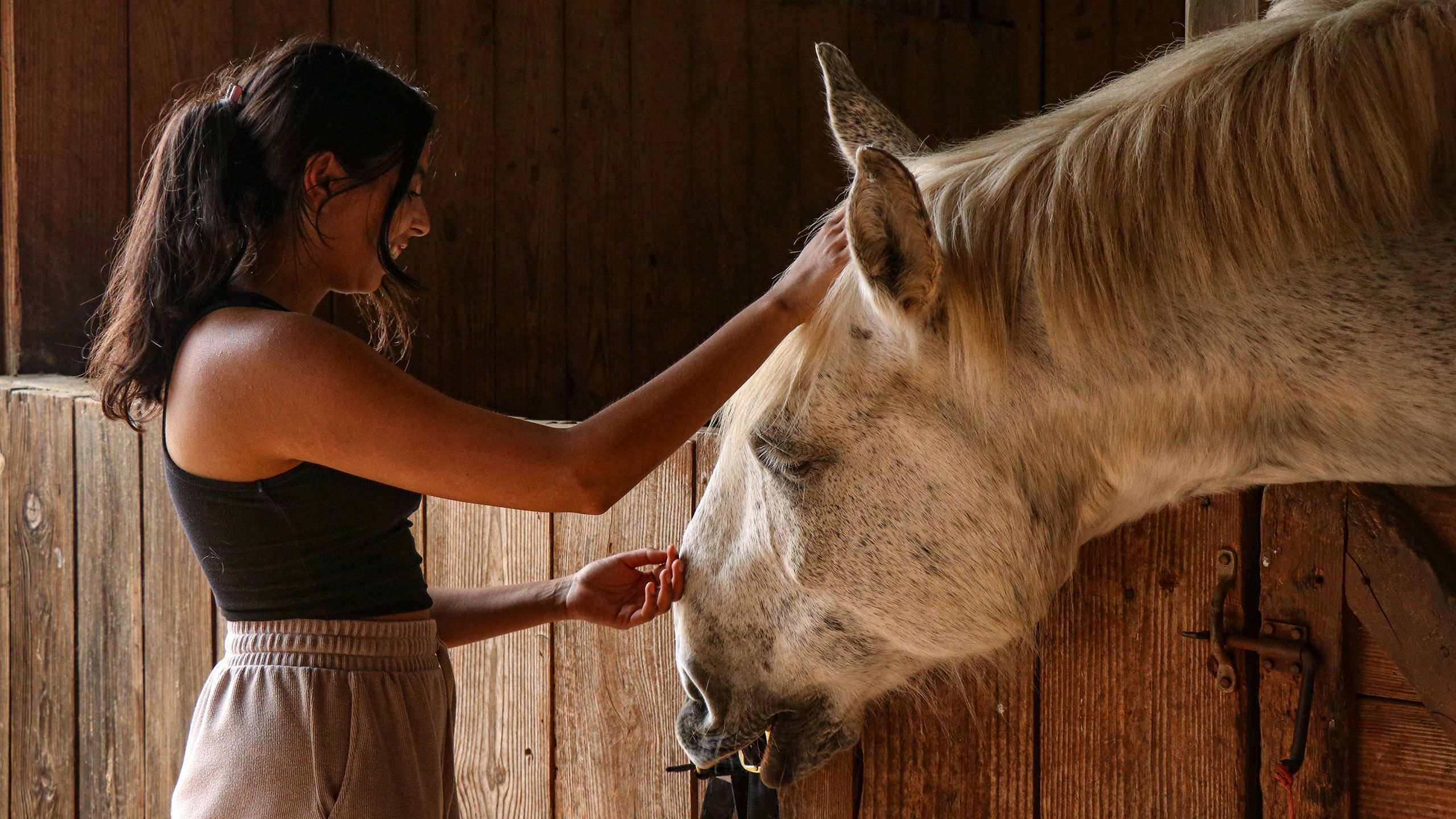
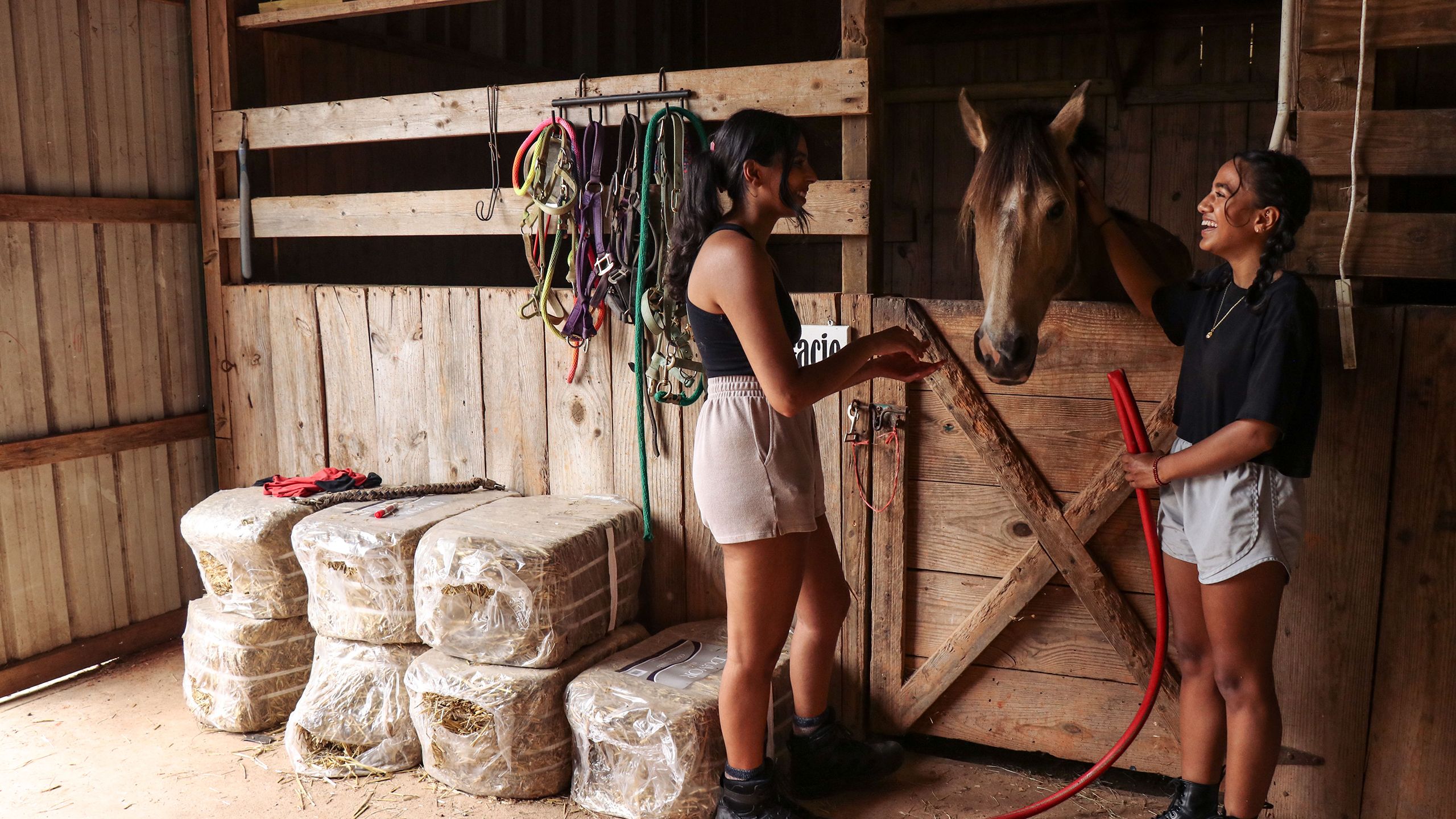
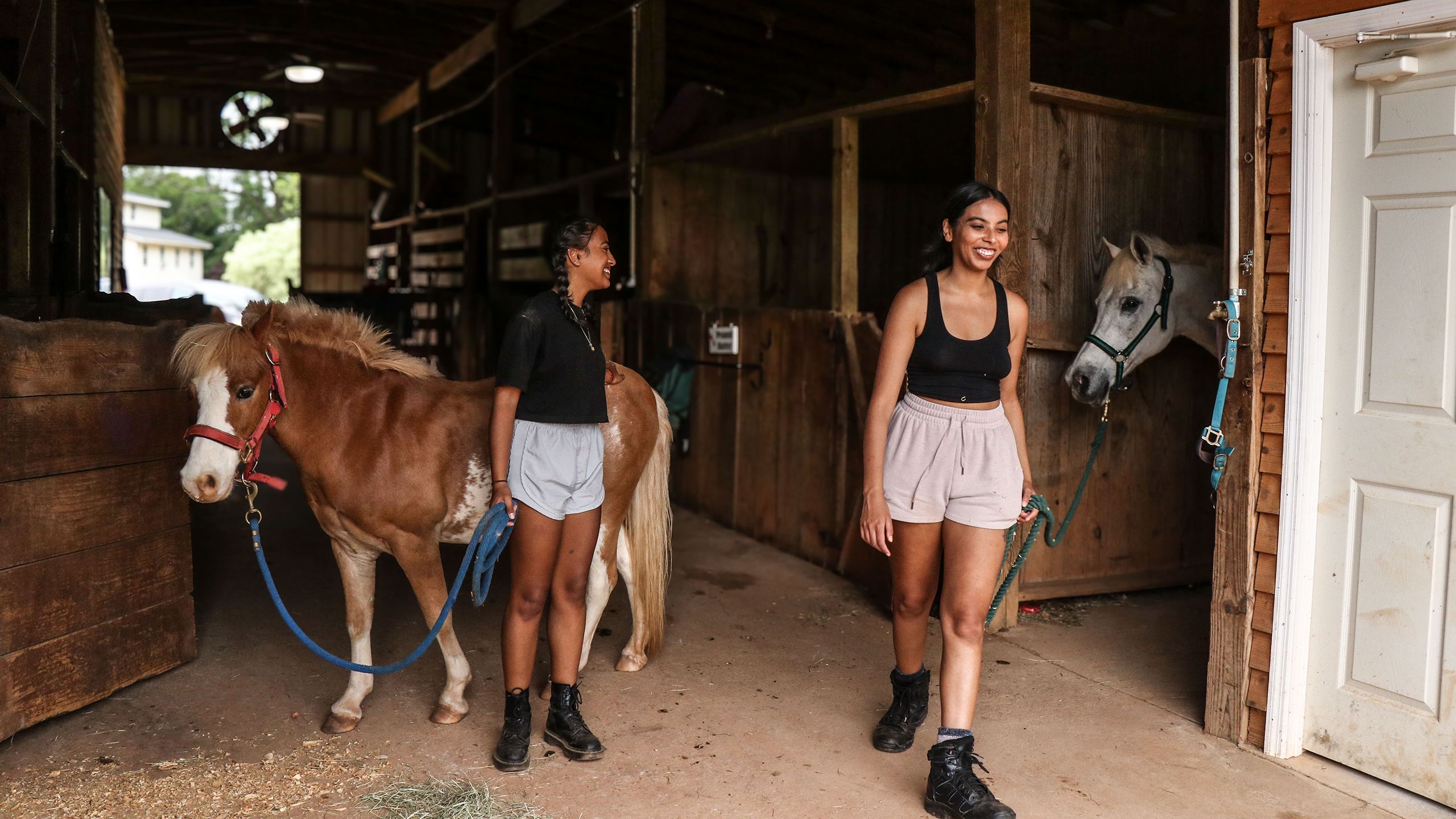
Protecting pets
The class highlights the benefits of companion animals while emphasizing the responsibility and commitment that comes with them. The curriculum ultimately aims to help students make the best choices for their pets. By encouraging a deeper understanding of different companion animals, Turner hopes to help students learn how to care for the pets in their lives.
The class begins by defining companion animals — pets that provide companionship as well as emotional support and can aid people in navigating physical and mental challenges — and covers the essentials of pet ownership, from meeting the nutritional needs of different species to protecting pets from parasites and viruses. The class also examines different pet breeds and the importance of choosing the right pet for different lifestyles.
“I wanted to have experience with small animals,” said Davis. “This course goes in depth about dogs and cats but also other small mammals, like ferrets, rabbits and gerbils.”

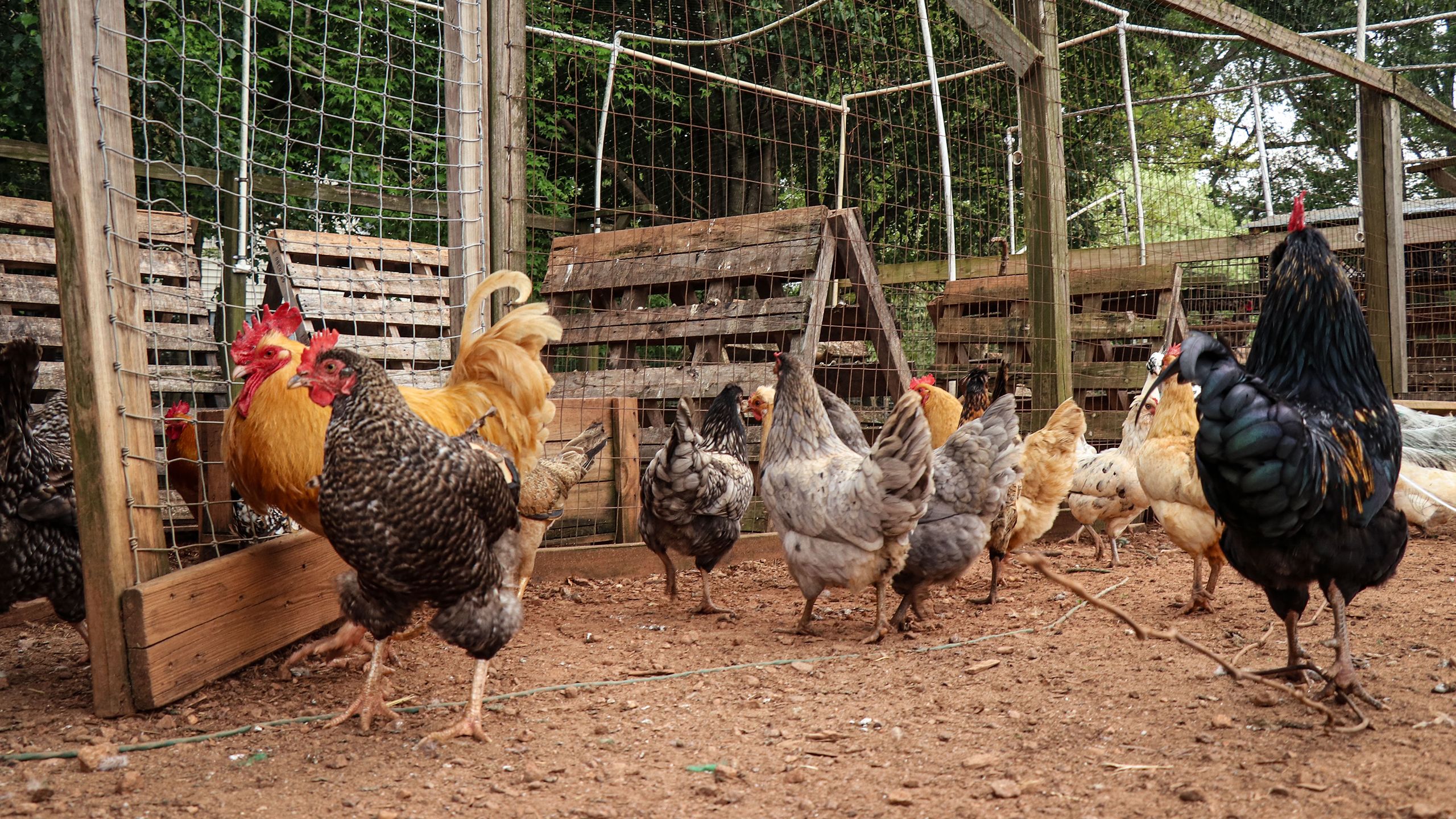
The ethics of animal care
Passionate about the impact of companion animals, Turner encourages students to take a nuanced view of pets and to explore the many aspects of the animal care industry. Every Friday, Turner holds student-led discussions that connect the class with the material by giving them the opportunity to share their perspectives on issues around companion pets.
“I like to get to know the students on a deeper level because it’s a subject they relate to,” said Turner. “I get to share my personal stories and they’re sharing parts of their personal lives; it’s really fun to get to know them better.”
Class discussions have ranged from the ethics of keeping exotic pets to elective procedures often performed on purebred pets for aesthetic purposes.
During one class, four teams of students gave presentations on the practice of cropping ears, docking tails, removing dew claws in dogs and declawing. Two teams provided the “pros” for the practices, covering the historical and medical justifications used for performing the procedures, and the remaining two teams presented the “cons” of the procedures.
“We’ve talked about exotic animals and whether or not they should be able to be privately owned,” said Mishka Maulik, a biology student. “I work as an exotic vet tech, so it was a fantastic discussion.”
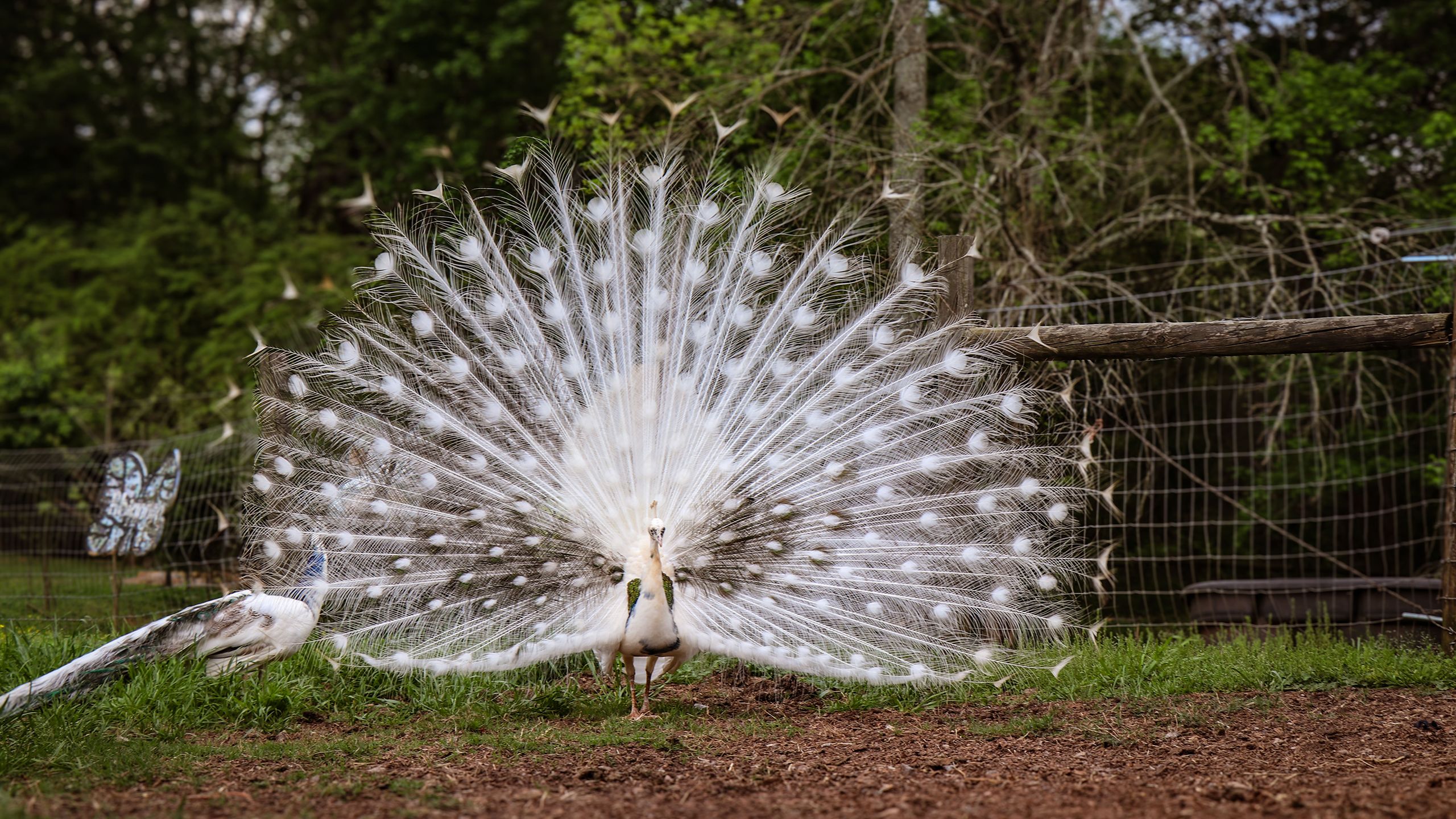
Learning through service
The class is open to students from all colleges and majors at the University of Georgia, from business and economics to arts and sciences. While some students aspire to be veterinarians, others simply share a love for pets.
As a part of class requirements, Turner has the students volunteer at local animal shelters and animal-related businesses, using the opportunity to give back to the Athens community and helping fill the need for help at rescue facilities.
“I got to help out with all of their animals and see the industry side of it,” said Lawson Brinkley, a fourth-year biological science major at CAES and one of two undergraduate teaching assistants in the class. “I saw what it’s like working in the industry, which was really cool.”
“I hope my students gain an appreciation for animals and how they improve our lives. I don’t think we fully realize the impact they have,” Turner said. “Even if they don’t own a pet, I want people to understand that they can give us a lot of physical and emotional support.”
News media may republish this story. A text version and art are available for download.
